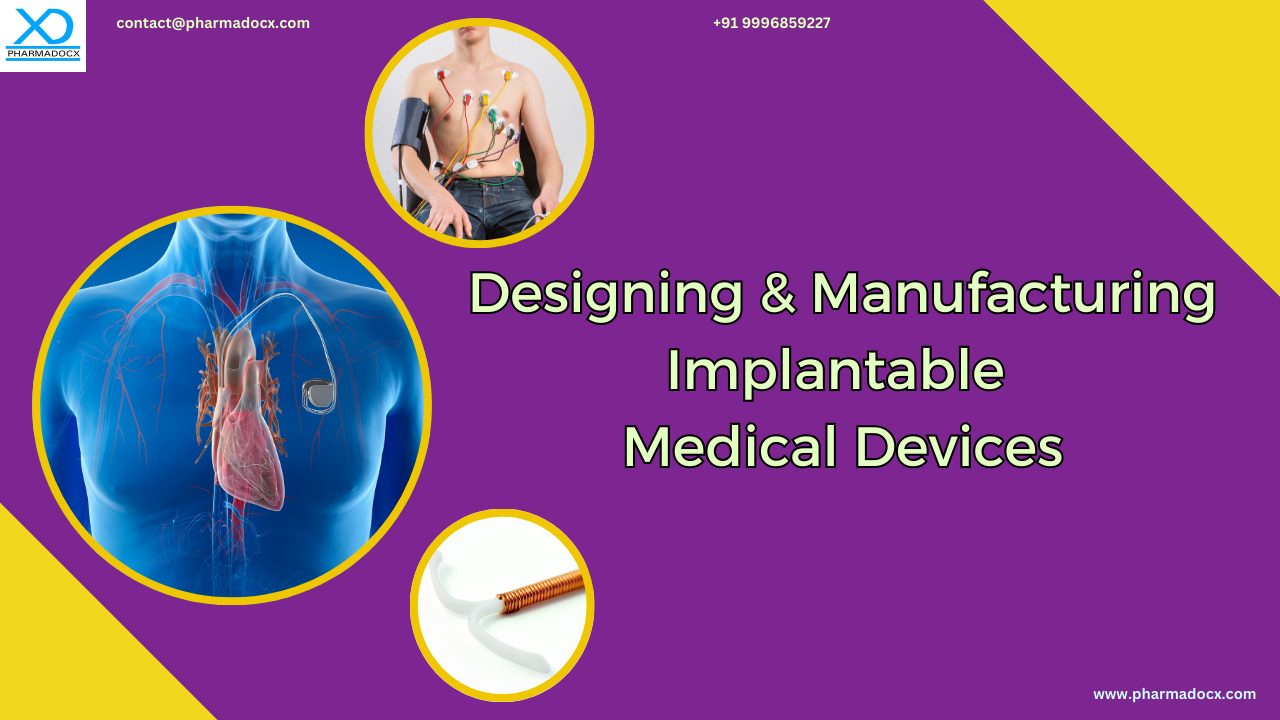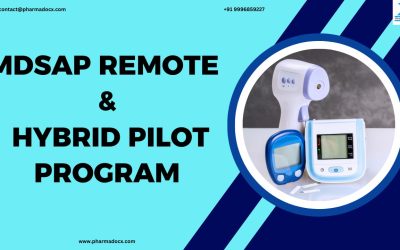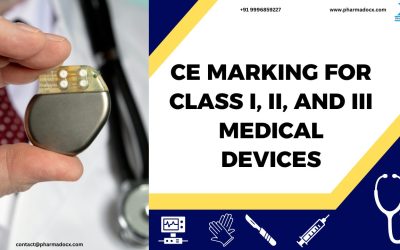Advances in biomedical engineering and medical electronics have led to the development of implantable medical devices. These devices are implanted in the human body for improving the patient’s quality of life. Over the past few decades, implantable medical devices have considerably improved. Biocompatibility, power management, and structural design have to be taken into consideration while constructing and developing implantable devices. Additionally, manufacturing implantable medical devices has various challenges, such as materials to be used for construction, battery power, and functionality.
What is an implantable medical device?
An implantable medical device is an instrument that is either wholly or partially placed in the human body to support functions of specific organs or tissues. Additionally, they are used to monitor physiological activities or even deliver medicines. Furthermore, some implants are prosthetics that are intended to replace damaged body parts. These types of implants are usually made of human tissues or exogenous materials, such as plastics, metals, and ceramics. These devices may be placed permanently or temporarily. They are placed via surgery or other medical interventions. Furthermore, the functioning of active implantable medical devices requires battery powered energy sources.
Examples: artificial joints, breast implants, intraocular lenses, pacemakers, cochlear implants, other cardiac implants, intrauterine contraceptive devices, blood pressure sensors, etc.
Role of implantable medical devices in the healthcare industry
Implantable medical devices have a vital role in the healthcare industry. These devices can considerably improve a patient’s quality of life. The devices can alert healthcare professionals of any medical issues and direct individuals to appropriate care. Additionally, they monitor vital signs, such as heartbeat and blood pressure. Given their vital role, considerable research is dedicated to designing and manufacturing implantable medical devices.
Designing and manufacturing implantable medical devices
High degree of precision and quality are required while manufacturing implantable medical devices. As the implantable medical devices have to be implanted in different regions of the human body, their manufacturing process needs to be developed based on specific and unique requirements. For implantable devices, factors in addition to those for other medical devices have to be taken into consideration. For instance, biocompatibility is a major requirement for implantable medical devices. Additionally, the operating parameters of these devices should be within the human tolerable limit so that the devices do not cause any harm to the patients.
Thus, designing and manufacturing implantable medical devices are a little more complicated than those of non-implantable devices. These devices should under no circumstance pose a threat, as they will remain in prolonged contact with the patient. While designing the device, factors, such as operating temperature, biocompatibility, and electrical neutrality, have to be taken into consideration. The device should be able to operate no more than 2℃ above normal body temperature of 37℃. Moreover, the exterior of the devices that send electrical charge to the body must be electrically neutral.
Regulatory requirements for manufacturing implantable medical devices
Medical devices in general are highly regulated owing to their direct impact on patient health and safety and healthcare staff. On the other hand, as implantable medical devices are fitted inside the body, they are subject to even strict regulations. Implantable devices are intended to aid and improve human functioning but, in the process, they should not harm the user in any way. Hence, incorporating quality at every stage of the device’s life cycle is crucial while designing and manufacturing implantable devices. Thus, implantable medical device manufacturers have to constantly strive to identify and mitigate risks associated with its use. Additionally, they have to aim to improve device quality and performance to comply with implantable medical device regulations.
Given the impact and role of implantable devices in healthcare sector, they are associated with significant risks. Thus, most international medical device regulatory bodies, such as EU-MDR and FDA, have categorized these devices as Class III. Hence, the process of manufacturing implantable medical devices is stringently regulated. Furthermore, CDSCO, the apex Indian medical device regulatory body, has deemed implantable medical devices as moderate to high-risk devices. As per CDSCO medical device classification, implantable medical devices have been classified as Class C. Thus, these devices will be subject to the regulations and guidelines applicable to class C medical devices. Therefore, while manufacturing implantable medical devices in India, class C medical devices regulations have to be kept in mind.
Points to keep in mind while designing and manufacturing implantable medical devices
Active collaboration between quality and product design and development teams
Implantable medical device manufacturers have to constantly aim to improve device quality and performance to comply with implantable medical device regulations. The quality department should function in active collaboration with product design and development, engineering, and customer-facing teams. Moreover, quality should be incorporated from the device’s inception stage throughout its entire life cycle. The quality team should aim to identify risks early on and implement appropriate measures to eliminate or mitigate these risks. Additionally, proactive device risk management approaches and traceability measures should be integrated. By embedding quality-centric approaches throughout the process of manufacturing implantable medical devices, manufacturers can enhance product quality and reduce costs.
Maintaining regulatory compliance while manufacturing customized implantable medical devices
Implantable medical devices often have to be customized per individual’s requirement or body type. Customization leads to changes in the device’s design and technology. Changes in device’s design and technology will impact both upstream and downstream manufacturing processes. Hence, new risks can crop up and applicable regulatory requirements may change. Thus, effective change management is required to maintain regulatory compliance for the customized device and to identify any new risks. Additionally, while maintaining regulatory compliance the customized device should be able to meet the user’s specific needs.
Customization risk management, adaption to process changes, identification of potential points of failure or error are some measures to take. Any changes in implantable device designs should continue to meet the needs of the intended users. Moreover, the manufacturing process should be constantly updated to align with new requirements of customers and regulatory bodies.
Ensuring traceability in the production line
Traceability is a critical regulatory requirement in the medical device manufacturing industry. Control numbers are required to identify finished devices. Implement corrective actions as required. Whether the devices will be used as surgical implants or to support/sustain life should determine the next step of action. Moreover, proper documentation is critical for traceability. Comprehensive records are required for quick mitigation in case of any quality issues.
Adherence to all regulatory requirements and guidelines
Compliance with industry regulations, minimization of associated risks, and improvement of overall quality all have a vital role. Implantable medical device manufacturers have to strive to foster a culture of quality. The right resources and tools needed to maintain compliance and uphold quality standards should be provided to technical staff. Furthermore, regulatory guidelines keep changing from time to time. Hence, training sessions should be conducted to update employees with the latest guidelines. Regulatory requirements, expectations, and implications should be clearly communicated to all staff members. Additionally, they should be made aware of their role and what is expected from them. Furthermore, necessary training sessions should be imparted to the technical personnel to help them effectively implement the regulations.
In this blog, we have detailed the various factors to consider while designing and manufacturing implantable medical devices. Implantable medical device manufacturers in India have to comply with various CDSCO regulations. We at Pharmadocx Consultants have extensive knowledge of the CDSCO regulations and guidelines. Drop an email at [email protected] or call/Whatsapp on 9996859227 and we will streamline your regulatory journey.





